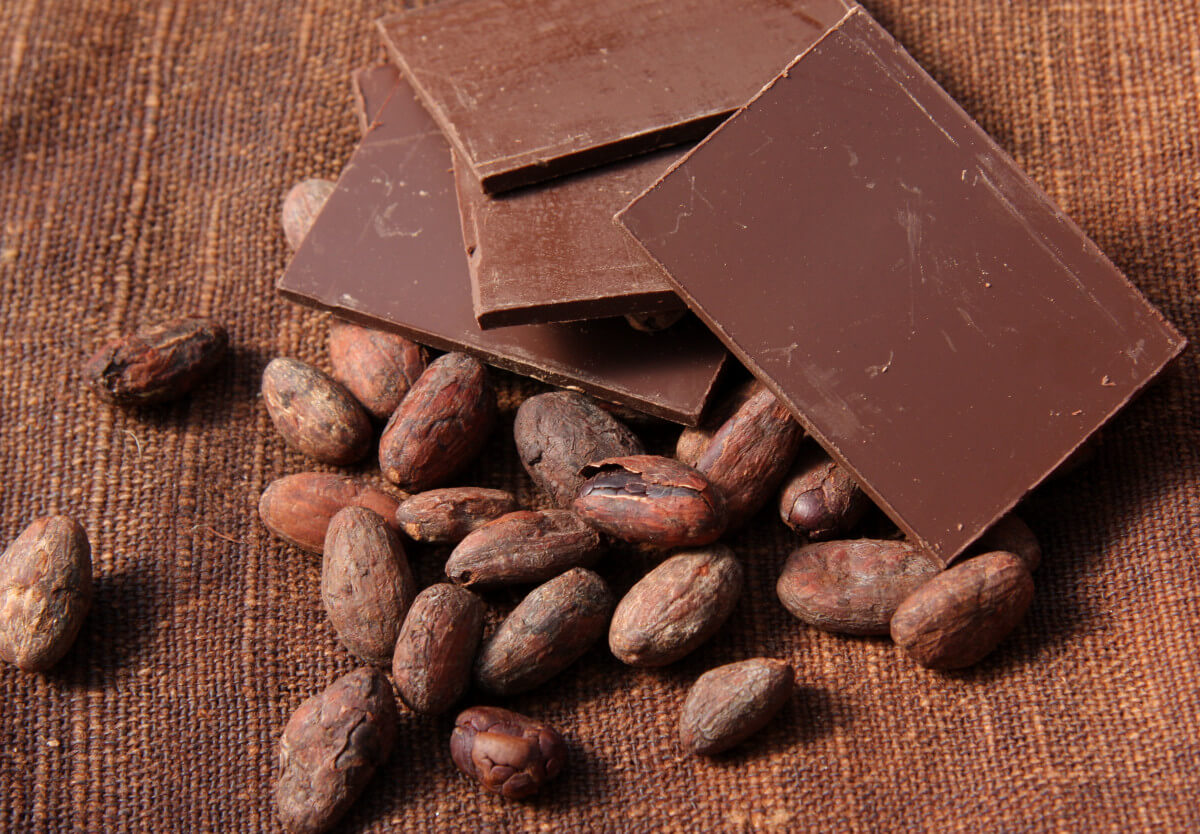The History of Chocolate
Learn Now: The History of Chocolate: From Ancient Mesoamerica to Modern Day.
Table of contents
The History of Chocolate: From Ancient Mesoamerica to Modern Day is an article that discusses the evolution of chocolate, from the very beginnings in Mesoamerica to the modern industry. In this article you will learn about the origins of chocolate and how it spread throughout Europe and beyond. You will also learn about the industrialization of chocolate production.
The Origins of Chocolate in Mesoamerica
Chocolate was once a sacred liquid from Ancient Mesoamerica. It was consumed ritualistically and politically. In some cases, it served as a currency. Modern scientists have learned that cacao has many properties that improve the mood.
Cacao is a type of nut that grows in large pods. When the pods ripen, they are cut open and the seeds are removed. The seeds are white and look like rows of teeth. They are then spread out in the sun to dry. Once dried, they are ground on a stone slab platform called a metate.
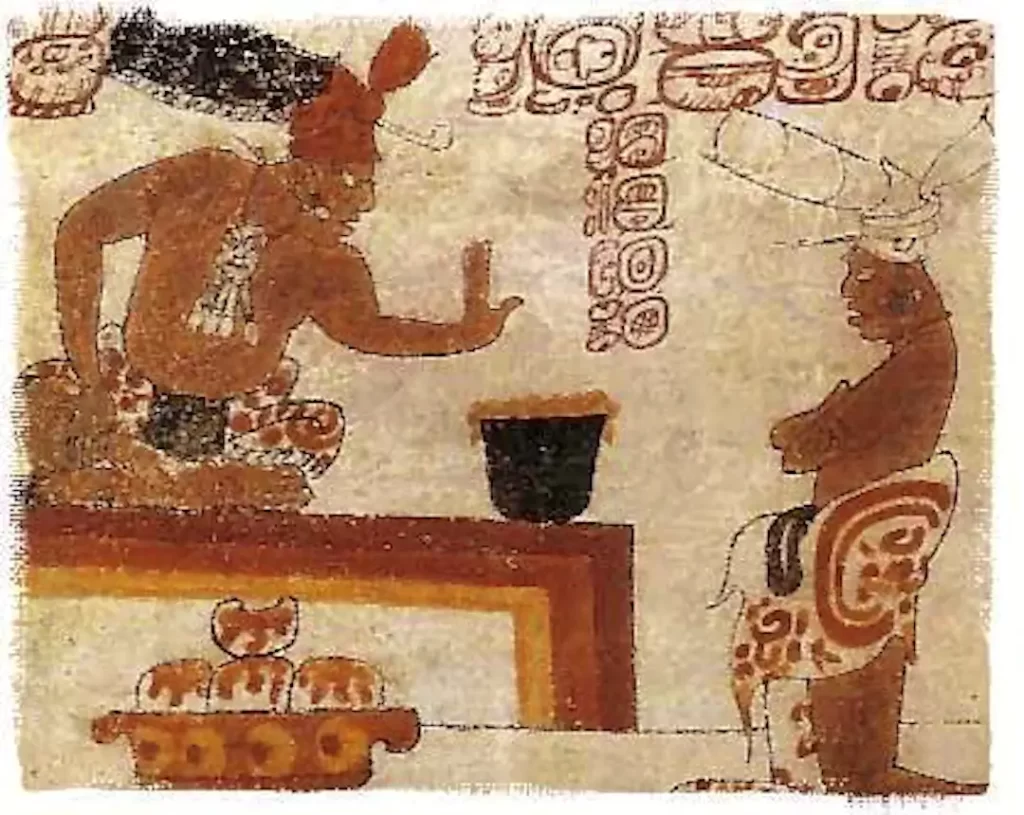
A number of different societies in the world still eat chocolate. Mesoamerican civilizations, such as the Maya and Aztecs, used it in religious and political ceremonies. Although they were unable to grow it themselves, they traded with other cultures.
While it is not clear who first cultivated the cacao tree, the Olmecs, a group of pre-Columbian civilizations in southern Mexico, were likely the first to use it. Evidence of chocolate usage by the Olmecs can be found in archaeological sites.
The Spread of Chocolate in Europe and Beyond
Chocolate has a long and storied history in Europe and beyond. Its popularity has soared since the 1600s, and many cultures have developed around it. In addition to its culinary uses, chocolate has become an aphrodisiac.
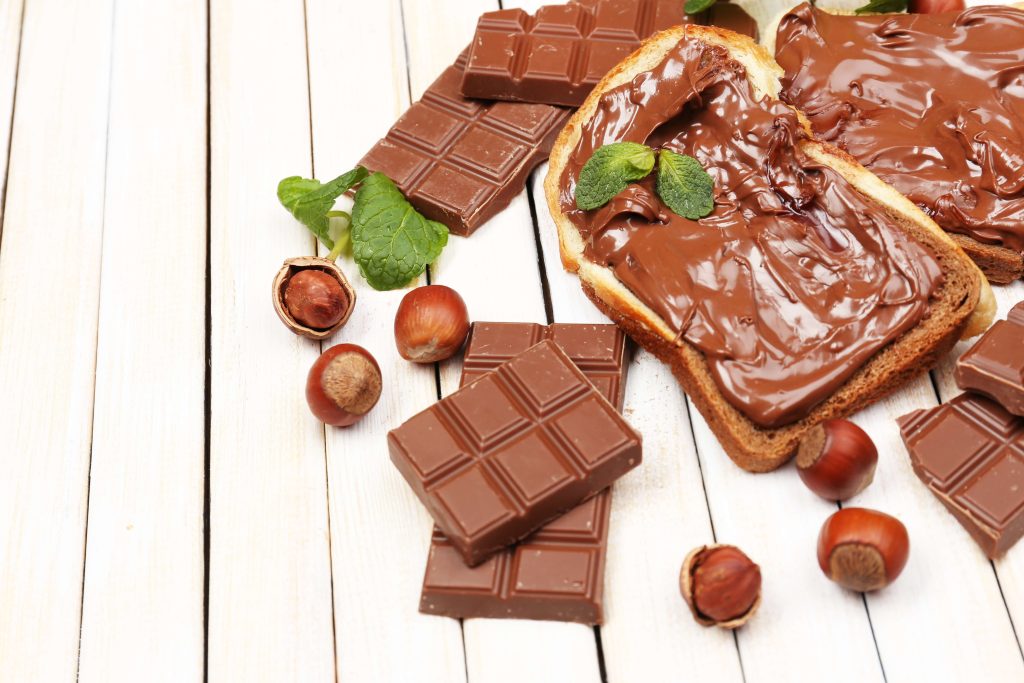
By the mid-17th century, cacao had been introduced to Europe. Although it was initially consumed by aristocrats, its popularity spread to the rest of Europe. A number of notable explorers brought chocolate to Europe.
Cocoa beans are believed to have been a gift from the Aztecs. Cacao is thought to have been cultivated in Central America for thousands of years. The Maya viewed it as a sacred plant.It is unknown when the first chocolate reached Europe, but it is assumed to have arrived in the 1500s. During this time, Spanish explorers likely introduced the beverage to Europe.
The Industrialization of Chocolate Production
Chocolate production has had two distinct periods of history. The first was before the Industrial Revolution, when it was a luxury treat available only to aristocrats. As the cost of production became more affordable and demand increased, it was made accessible to all classes.
In the second phase, industrialization has largely dominated the chocolate market. During World Wars, chocolate was included in rations. It also became an expensive drink for the rich.By the beginning of the twentieth century, a large number of companies had become involved in the chocolate industry. Companies such as Nestle, Cadbury, and Lindt were already well established.
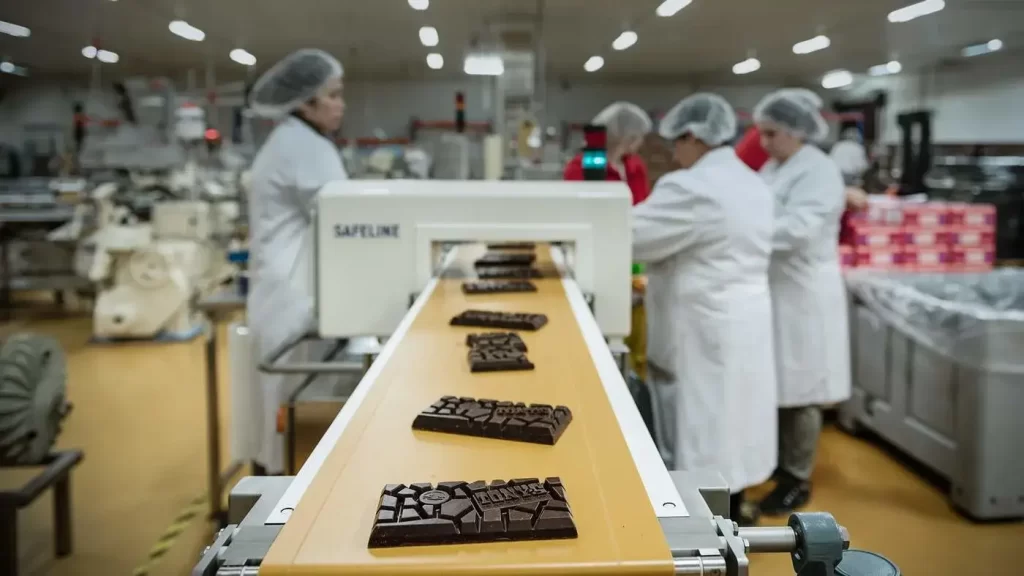
These large chocolate manufacturers began buying up smaller manufacturers. As a result, the number of artisan chocolatiers decreased.
When the United States became the world’s leading consumer of chocolate in the early twentieth century, it was only after industrialization that it was made accessible to a broader population. Large-scale producers could afford to produce more chocolate for less money, which led to an increase in the popularity of the product.
The Modern Chocolate Industry
Hundreds of thousands of workers in the modern chocolate industry work hard to make the world’s favorite candy. While some chocolatiers are still making chocolate creations by hand, the industry is more mass-produced.
The chocolate industry is a multi-billion dollar business. Aside from producing chocolate, the industry also produces cocoa butter, which is used in a variety of cosmetics, skin care products, and more. It is a lucrative industry that employs millions of people worldwide.
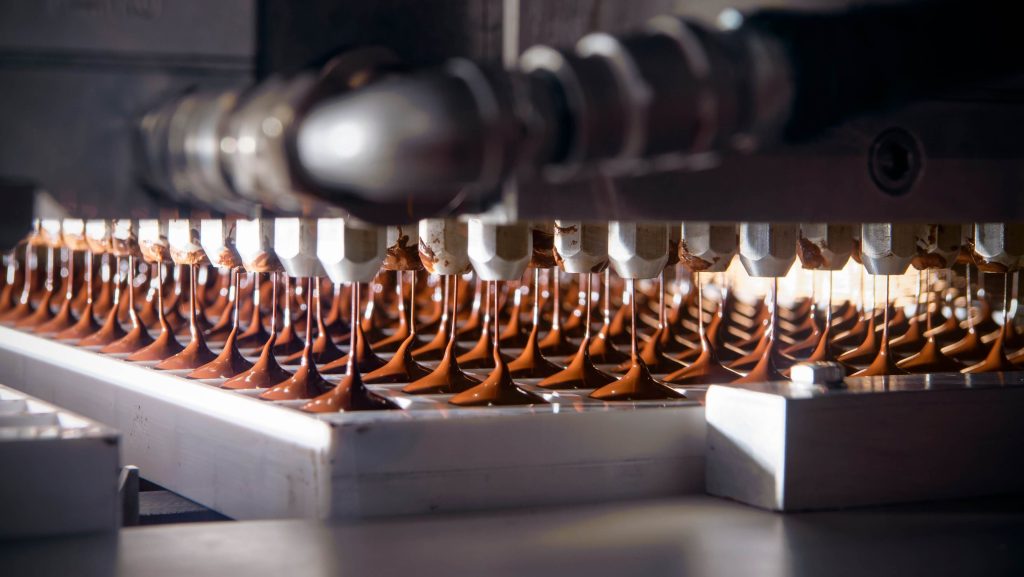
One reason the industry is thriving is because consumers are now looking for chocolate that is ethically grown. This is important because it ensures the growers are properly compensated. Moreover, it prevents the use of harmful and unsustainable ingredients.
The chocolate industry is one of the most multi-billion dollar industries in the world. As such, it is a good example of a multinational industry. However, its production often comes at a cost.
Chocolate is the result of the cacao tree, a plant found in Central America. Cacao is a luxury commodity in Mesoamerica before European invaders arrived. In the 1800s, the Dutch began to incorporate chocolate into drinks. Soon, more chocolate factories sprung up in Europe.
Chocolate Types
Chocolate is one of the most popular treats in the world, and for good reason. It’s sweet, delicious, and incredibly versatile. But did you know that there are different types of chocolate?
| Chocolate Type | Cocoa Solids | Sugar | Milk Powder | Flavor |
| Milk Chocolate | 10-50% | High | Yes | Sweet, creamy |
| Dark Chocolate | 50-100% | Low | No | Intense, bitter |
| White Chocolate | 0% | High | Yes | Creamy, buttery |
| Semi-Sweet Chocolate | 50-70% | Medium | No | Rich, slightly sweet |
| Bittersweet Chocolate | 70-100% | Low | No | Intense, bitter |
Milk Chocolate
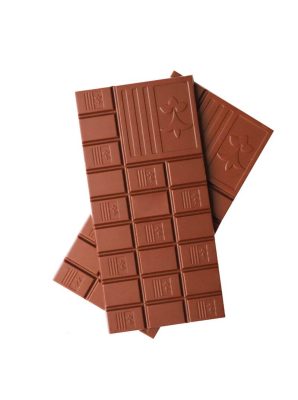
The most popular kind of chocolate is probably milk chocolate. It is created by blending milk powder, sugar, cocoa butter, and cocoa solids. People of all ages like the creamy, sweet flavor of milk chocolate. In candy bars, chocolate chips, and also other sweets, it is frequently utilized.
Dark Chocolate

A higher proportion of cocoa solids and little or no milk powder are used to make dark chocolate. Adults frequently favor this flavor since it is more strong and harsh. Due to the presence of antioxidants and other nutrients, dark chocolate is also renowned for its health advantages.
White Chocolate

White chocolate doesn’t include any cocoa solids; it is prepared from cocoa butter, sugar, and milk powder. This gives it a buttery, also creamy flavor that some chocolate lovers enjoy. Since white chocolate doesn’t contain cocoa solids, some contend that it isn’t actually chocolate at all.
Semi-Sweet Chocolate
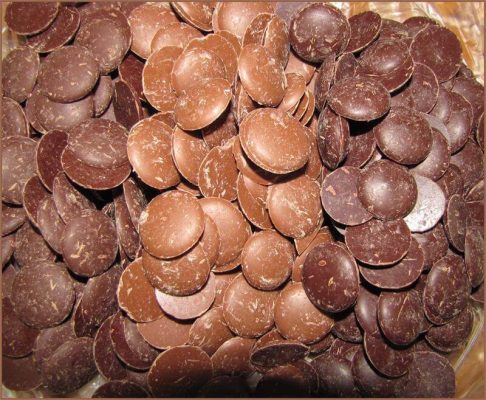
Semi-sweet chocolate is comparable to dark chocolate, except it contains more sugar and a slightly lower percentage of cocoa solids. As a result, it has a slightly sweeter flavor that is yet rich and deep. Semi-sweet chocolate is frequently used in baking because of how well its robust flavor complements other components.
Bittersweet Chocolate
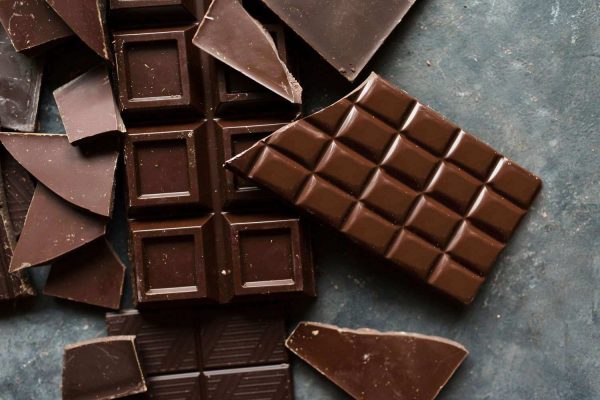
Dark chocolate and bittersweet chocolate are comparable, but bittersweet chocolate has a higher percentage of cocoa solids and less sugar. This gives it an extremely powerful, bitter flavor that not everyone will enjoy. When used in baking, bittersweet chocolate can give sweets more depth and complexity.
Final Thought
In conclusion, the history of chocolate from its Mesoamerican roots to the present-day industry has been a fascinating one. Chocolate has come a long way from being a sacred and ritualistic beverage to becoming a mass-produced, also multi-billion dollar industry.
Despite its enormous popularity, the sector still confronts difficulties, such as ethical issues with where the cocoa is sourced. However, as consumers grow more aware of these difficulties, the market is changing to satisfy their needs. Chocolate has a long and complicated history, yet it still fascinates and delights people everywhere.
You can access detailed analyses in the field of chocolate industry by clicking here.
FAQ
Dark chocolate, especially high-cocoa chocolate, contains antioxidants and flavonoids that may reduce inflammation and improve heart health. Chocolate is heavy in calories, sugar, and fat, so eat it in moderation.
Chocolate may have originated in Mesoamerica’s Olmec culture. It was also employed in Mayan and Aztec religious and political rites. Chocolate as we know it was established in Europe in the 1600s as a luxury beverage.
Chocolate is healthful in moderation, but it’s high in calories, sugar, and fat. A small amount of chocolate a day is unlikely to hurt, but it should be balanced with other nutritious foods and a healthy lifestyle.
Moderate chocolate consumption once a day is safe. But, high-quality chocolate with a high cocoa content should be also consumed in limited amounts.
Dark chocolate, especially high-cocoa chocolate, may improve memory, attention, and mood, according to certain research. Chocolate’s brain effects need further study. For health benefits, consider chocolate’s high sugar and calorie load.




